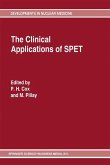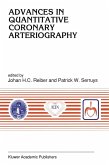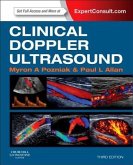In the past nuclear medicine has tended to develop in cycles governed by the development of new radiopharmaceuticals followed or preceded by advances in instrumentation. The development of alternative techniques, such as X-Ray Computer Tomography, NMR Imaging and Ultrasound have also had a stimulating effect and pointed the way to new developments. The development of Positron Emission Tomography, while in itself of limited application because of high costs involved, provided a great deal of information which led to the development of new organ or disease specific, single photon emitting radiopharmaceuticals together with tomographic Gamma cameras, whereby detailed information on the biodistribution of the reagents could be obtained with accurate spatial resolution presented in a form suitable for comparison with the other imaging modalities.
This technology, known as Single Photon Emission (Computer) Tomography (SPECT or SPET, as the mood takes you) is now an essential tool in nuclear medicine. The volume presents a basic guideline to the technology involved and discusses the application of the method to the investigation of various anatomical regions of the body. The book is an aide mémoire to the routine practitioner and a source of information for other medical specialists.
Hinweis: Dieser Artikel kann nur an eine deutsche Lieferadresse ausgeliefert werden.
This technology, known as Single Photon Emission (Computer) Tomography (SPECT or SPET, as the mood takes you) is now an essential tool in nuclear medicine. The volume presents a basic guideline to the technology involved and discusses the application of the method to the investigation of various anatomical regions of the body. The book is an aide mémoire to the routine practitioner and a source of information for other medical specialists.
Hinweis: Dieser Artikel kann nur an eine deutsche Lieferadresse ausgeliefert werden.








